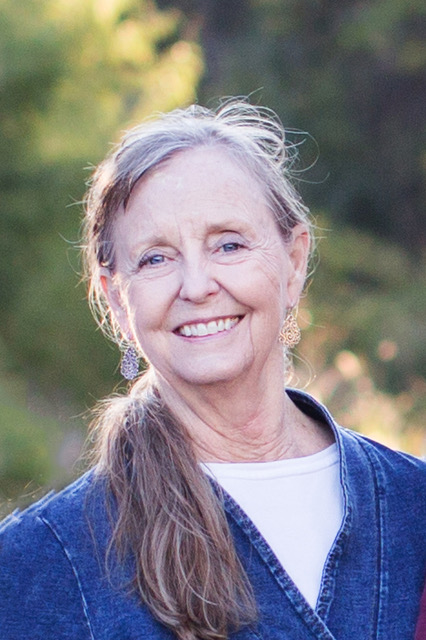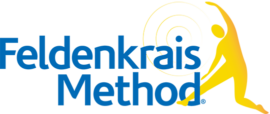By Becky Behling
Featured photo by Aditya Saxena on US
This is a personal account of my experiences as an arthroplasty patient. In no way is this intended to be medical advice or substitute for the care of qualified medical professionals.•
Arthroplasty, also known as joint replacement, is among the fastest growing elective surgeries in the United States. Most commonly replaced are hips and knees, and more frequently in women than in men. These procedures are expected to increase greatly over the next decades as technology improves and the population ages. Although people age 60 and older have been the primary recipients of such prosthetics, replacement surgery is now being offered to younger and younger people.
For me, the first sign of trouble was chronic soreness in my thighs which was different from typical “delayed onset muscle soreness” from exercise. The second sign was intensifying pain especially when I would bend to retrieve a fallen item from the floor or standing as I exited after driving my car. Third, I observed that I stumbled more frequently. Finally, my hip joint would sometimes be painfully locked in certain positions making movement from my pelvis temporarily unavailable.
For each of these points, Awareness Through Movement® Lessons and Functional Integration® (FI®) sessions were extraordinarily supportive both before and after surgery.
In hindsight, I suspect the chronic muscle soreness was due to my intelligent brain and wise muscles adapting to the constant shifting of my joint. The novel and gentle movements unique to the group and private lessons guided my body in finding better ways to move with the ever changing “new normal” of each day. And when I moved, the focus I’d developed during lessons had become more finely tuned to changes in my breathing as well as protective muscle patterns of clenching and gripping I’d unknowingly developed over time. Even though my hip joint would seem so stubborn, the remainder of my body was not only available, but eager to softly coax the stuck joint to re engage. I knew I could sequence parts of many lessons to gently and easily move myself back to mobility. I also realized that my stumbling was from not lifting my feet efficiently as I walked.
In the post op weeks, I became especially grateful for Dr. Feldenkrais’ lessons. I was surprised to endure intense muscle spasms with my surgical leg when I would attempt physical therapy exercises. Again, I would put together a quick sequence of segments from a variety of lessons ranging in focus from breath to pelvis to spine to ribs to arms to hands to feet. With time and with the integrative movements of these sequences, I could more quickly shift from stress reactions to restorative mode.
Especially during those first weeks after surgery, I would frequently recall a critical teaching moment on my first day of training to become a Feldenkrais(R) practitioner. Our educational director said, “Learning is a process, and process takes time.” Healing, like learning, is a process, and healing takes time. This was reiterated by a dear friend and gifted movement teacher who had sustained a serious upper arm fracture that required a reverse shoulder replacement. Her retrospective comment was: “A year to heal, a year to strengthen, and a year to integrate.” Through the Feldenkrais Method, I know that healing is not a sequential process. Rather, it is a complex process which can be continuous and simultaneous. Because healing and restoration of function are also highly individualized, they must be nonlinear. My healing and recovery will be unlike anyone else’s journey.
After I teach, many students will have experienced a surprising and pleasant outcome. As they relate their own experiences, their general question is, “Did you expect THAT to happen?!” I can only reply that I never expect anything in particular, but I always hope students will experience pleasant improvement at many levels. I have observed that Feldenkrais lessons prime the brain and its pathways for movement improvement. Like the chomping yellow character of Pac-Man fame, Dr. Feldenkrais’ lessons stimulate better and better neuromotor responses to be the clean up crew for a lot of accumulated byproducts of unhelpful movement patterns.
Lessons, whether explored with a group or experienced one-to-one with the guidance of a certified practitioner, have the potential over time to assist with neurodifferentiation. Dr. Norman Doidge, in his book **The Brain’s Way of Healing, outlined the core principles of Dr. Feldenkrais’ Method. Doidge refers to these principles as “related to facilitating what I have called the stage of neurodifferentiation, one of the keys of neuroplastic healing”. Here’s Dr. Doidge’s list:
1. The mind programs the functioning of the brain.
2. A brain cannot think without motor function.
3. Awareness of movement is the key to improving movement.
4. Differentiations – making the smallest possible sensory distinctions between movements – builds brain maps.
5. Differentiation is easiest to make when the stimulus is smallest.
6. Slowness of movement is the key to awareness, and awareness is the key to learning.
7. Reduce the effort whenever possible.
8. Errors are essential, and there is no right way to move, only better ways.
9. Random movements provide variation that leads to developmental breakthroughs. 10.Even the smallest movement in one part of the body involves the entire body. 11.Many movement problems, and the pain that goes with them, are caused by learned habit, not by abnormal structure.
If you are considering arthroplasty, gather all the information you care to so you can be your own and best advocate. There are innumerable resources available at your fingertips. You can even view videos of every type of arthroplasty currently in use. Become proactive about your health and wellbeing. You are asking a great deal of your body to endure a rigorous operation. Not only is the orthopedic aspect arduous, you will be given multiple medications during those hours which include potent painkillers and antibiotics as well as sedation and/or anesthesia. Because of these traumatic interventions, you will likely notice effects with your emotions, mental, spiritual, and social states as well.
I am still in the healing/strengthening/integration process after living several years with my new hip joints. I expect this to be the case for the remainder of my life. I continue to press on with exercise, diet, family, friends, and work as well as frequent Awareness Through Movement lessons. Yes, some “hitches in my get-along” are still present from the surgeries and are the “new normals” I now live with. The Feldenkrais Method has been a vital part of my sustained, holistic journey.
•Feldenkrais Method® Awareness Through Movement® audio or video lessons are not a substitute for medical advice or treatment. You should always consult with your physician before engaging in any physical activity. Though the movements in the lessons are gentle and should be done slowly and easily, any warranty for their effectiveness cannot be offered. Responsibility for the movements is necessarily the user’s.
••(Norman Doidge, The Brain’s Way of Healing: Remarkable Discoveries and Recoveries from the Frontiers of Neuroplasticity, Chapter 5, pgs 160-196; Viking Publishers, 2015)

Becky Behling, a Guild Certified Feldenkrais Practitioner® and a certified personal trainer in Austin, TX. She has taught group exercise classes since 1987, most recently at Lake Austin Spa Resort. Becky has developed and presented continuing education workshops on wellness and exercise for fitness professionals and for the public. She taught musculoskeletal anatomy to massage therapy students pursuing LMT certification. She has a BA in physical education, MS in athletic training, and 42 PhD hours in kinesiology/health and human performance.
You can reach her at [email protected]

